Report this entry
More from the same community-collection
DIGIE Wall Kick-off Celebration
Dionne Mack (El Paso Public Libraries Director) and DIGIE at the ...
DIGIE Wall Kick-off Celebration
Daniel Carey-Whalen (Professor of Museum Studies UTEP) and DIGIE ...
DIGIE Wall kick-off celebration
Mrs. Ingle and baby of Mr. Stephen Ingle, Creative Kids Creative ...
DIGIE Wall Celebration - El Paso, Texas - 2015
From left to right Adair Margo (Tom Lea Institute President), ...
DIGIE Wall kick-off celebration
Adair Margo (Tom Lea Institute President) center with guest and ...
DIGIE Wall kick-off celebration
From left to right, Marilu Valenzuela Aleman( Marketing Director ...
DIGIE Wall Celebration - El Paso, Texas
DIGIE Wall kick-off celebration, 13 February, 2015. Starting on ...











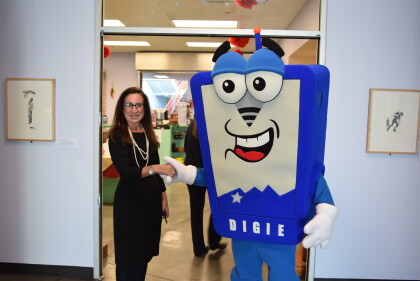

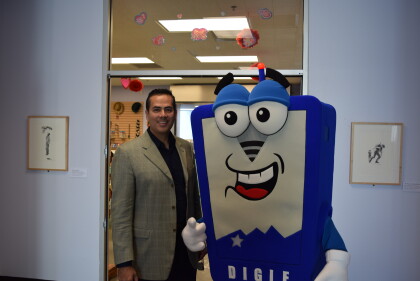

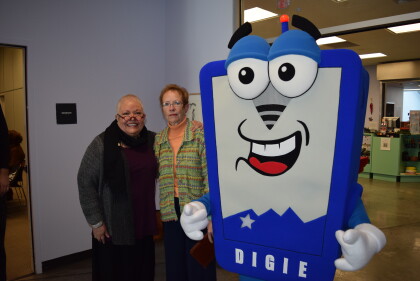
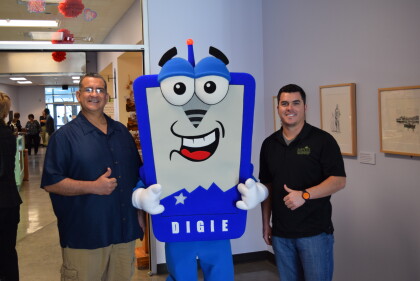
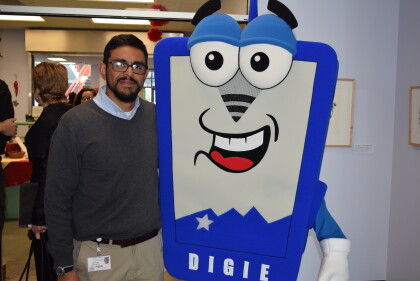
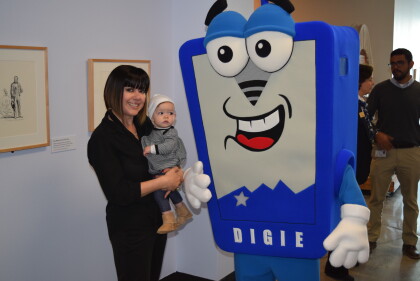
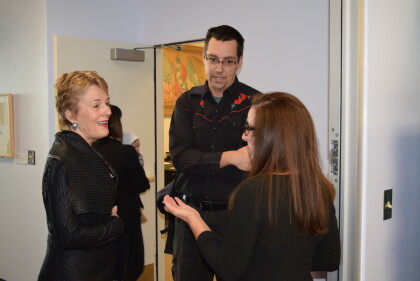
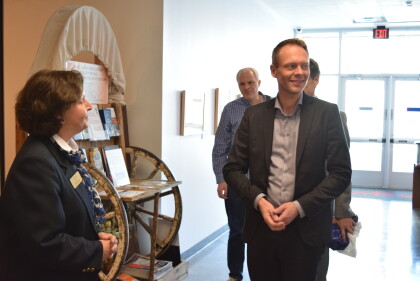
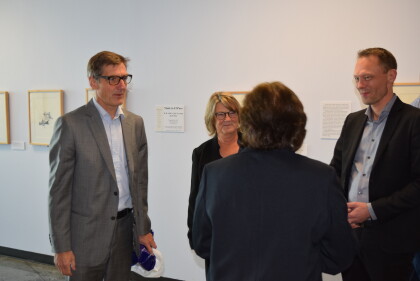
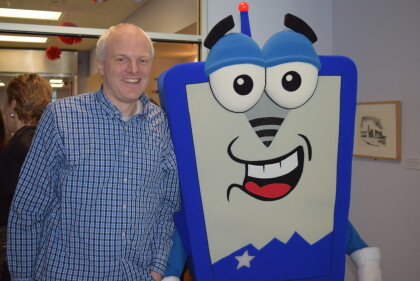
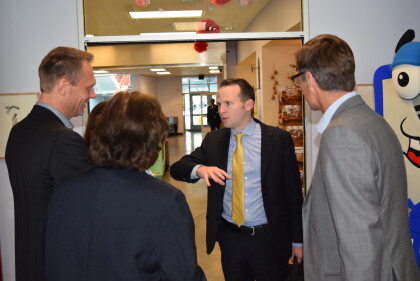
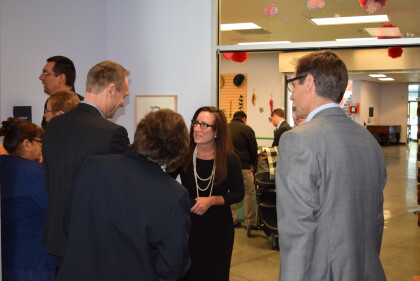
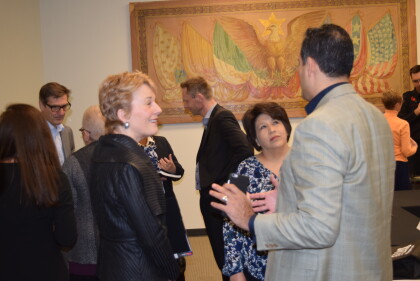
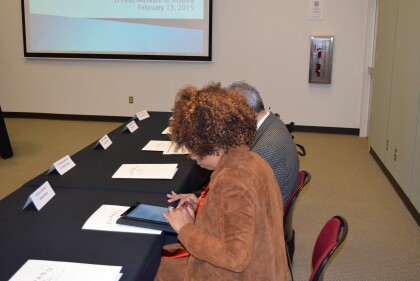
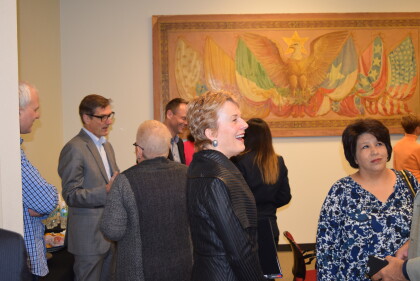
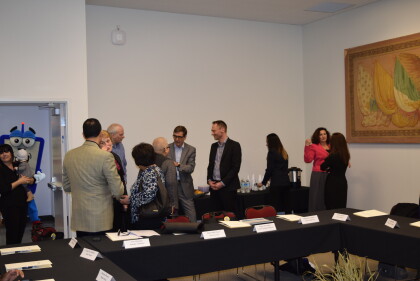
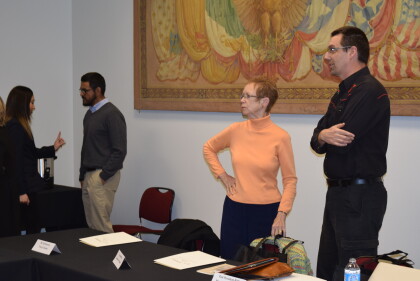
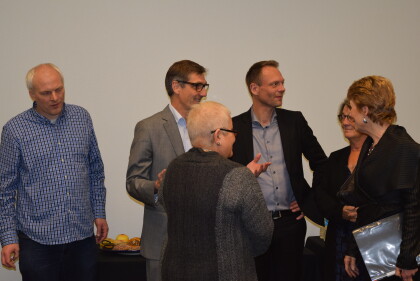
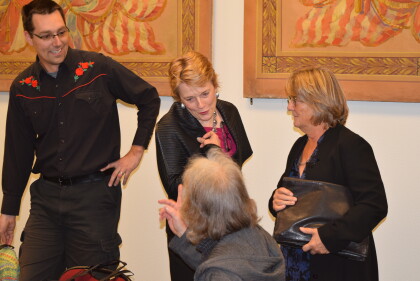
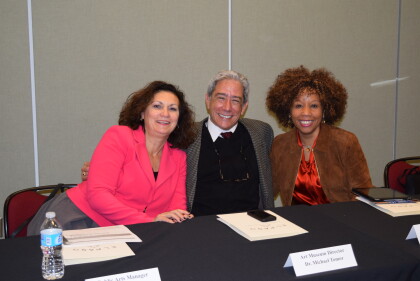
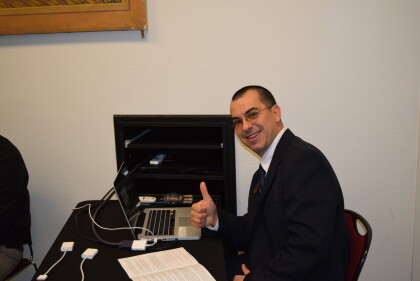
Comments
Add a comment